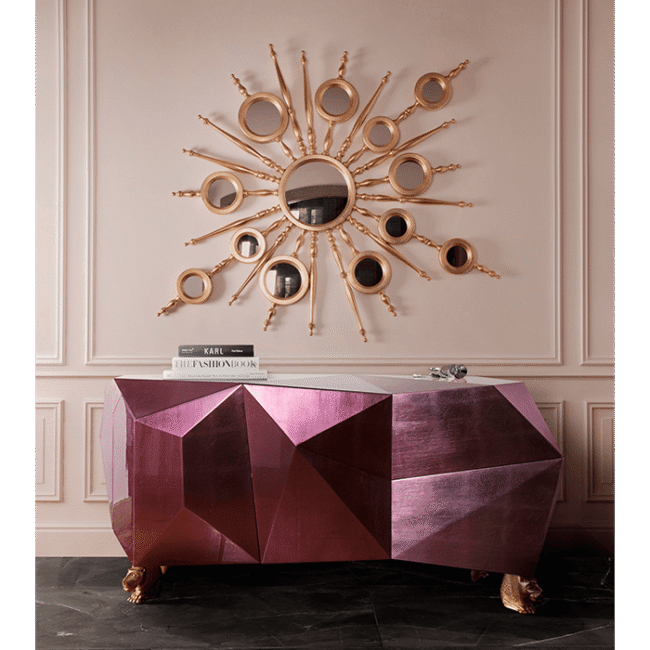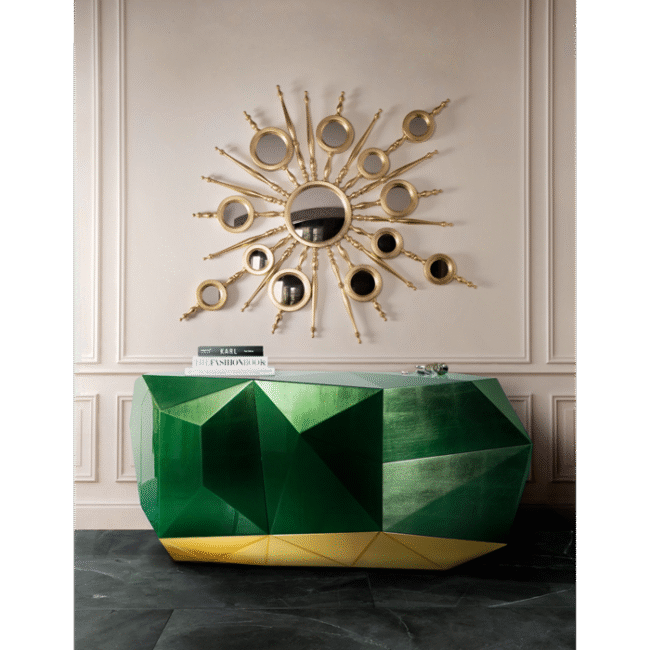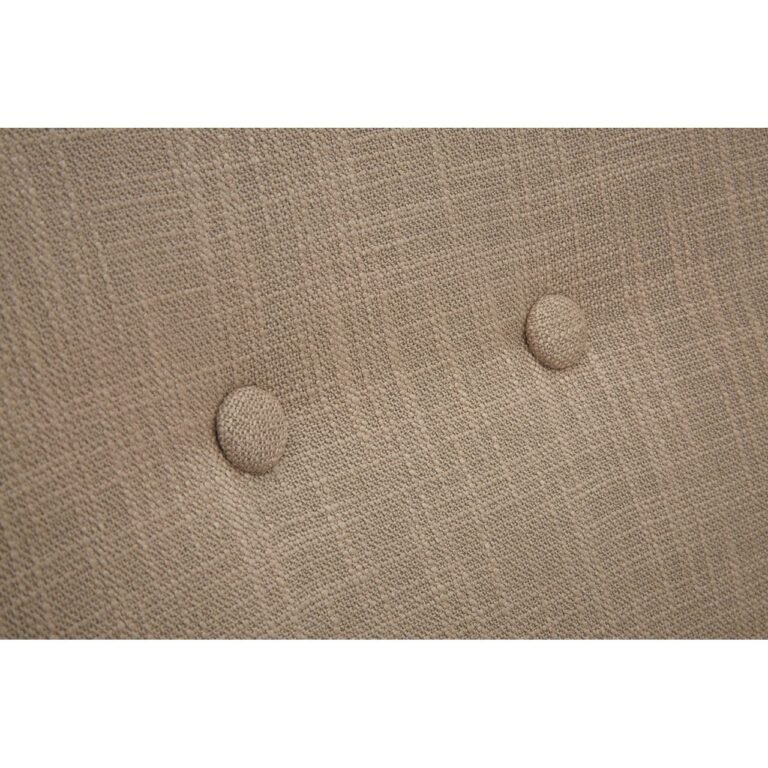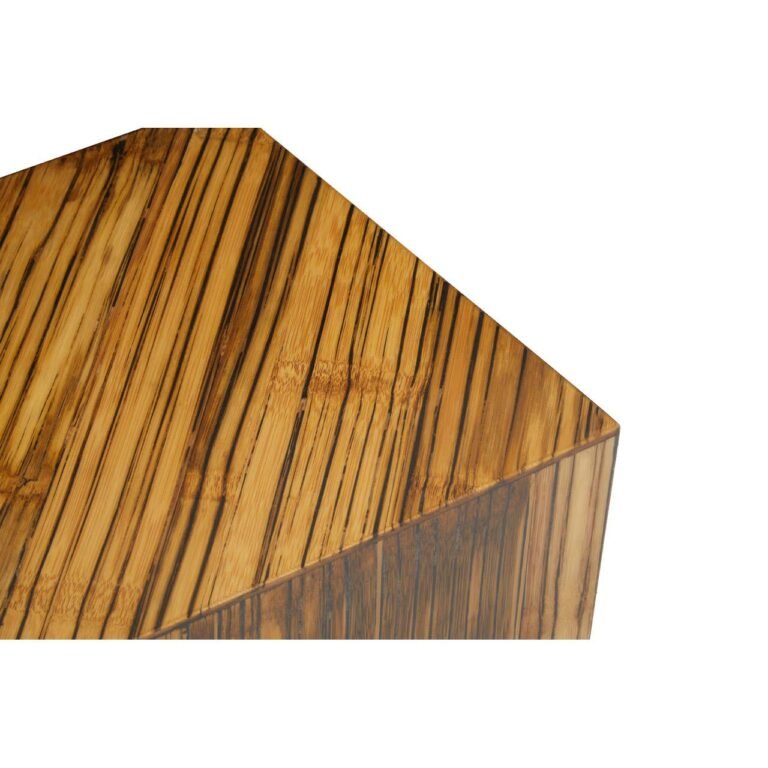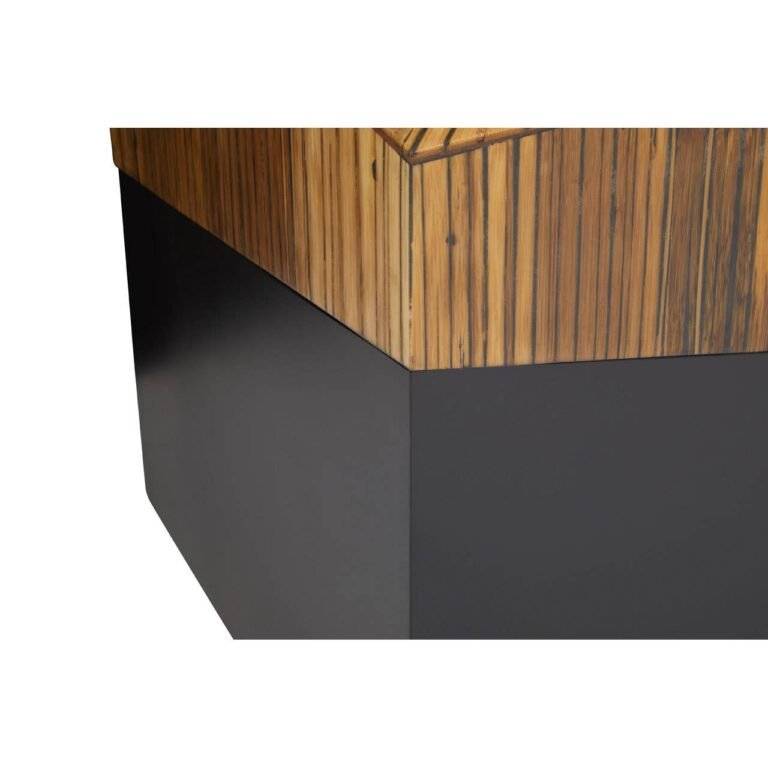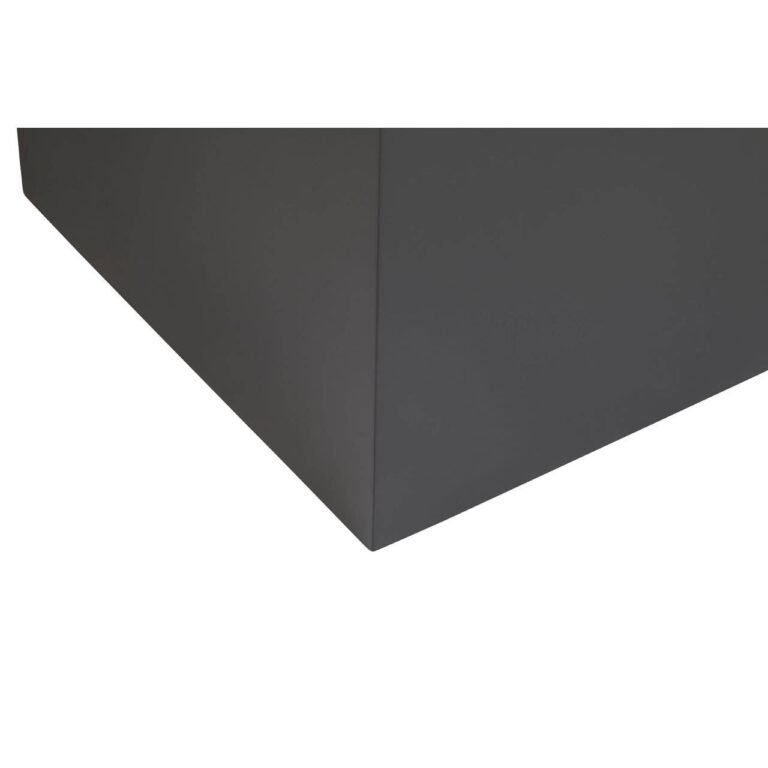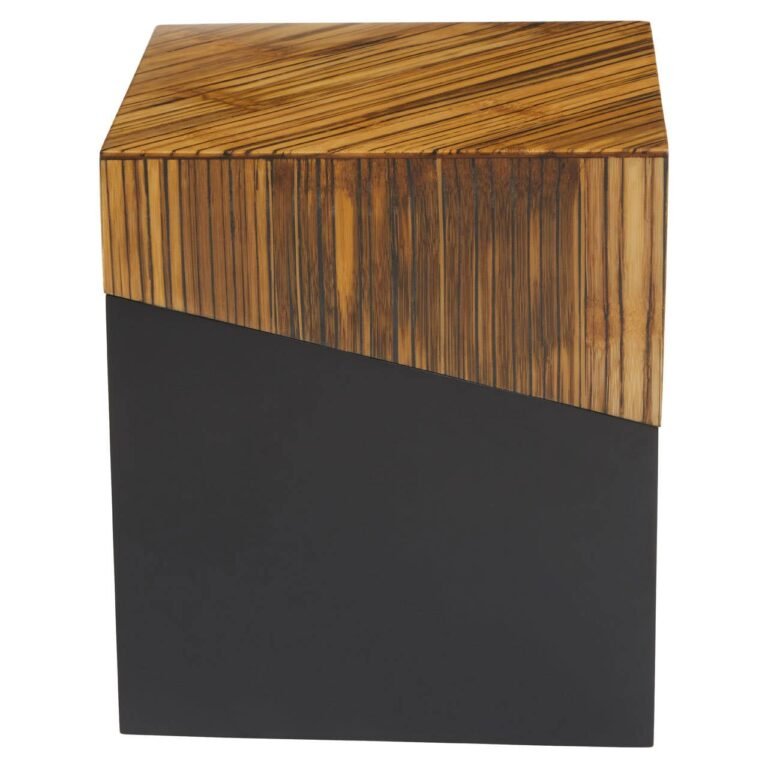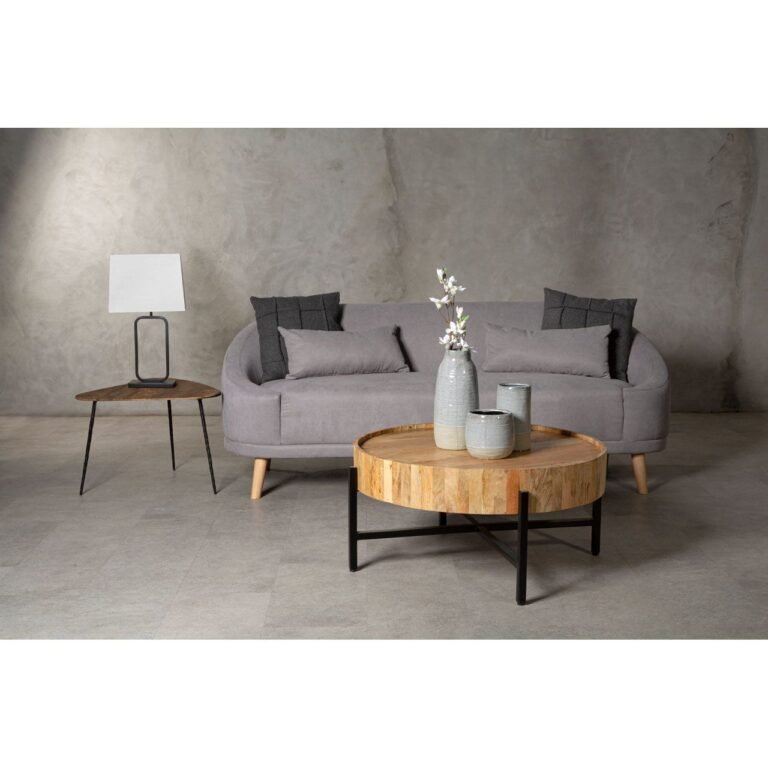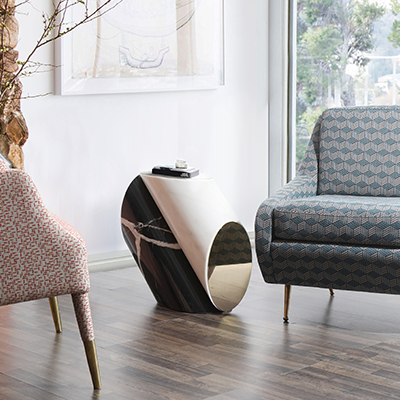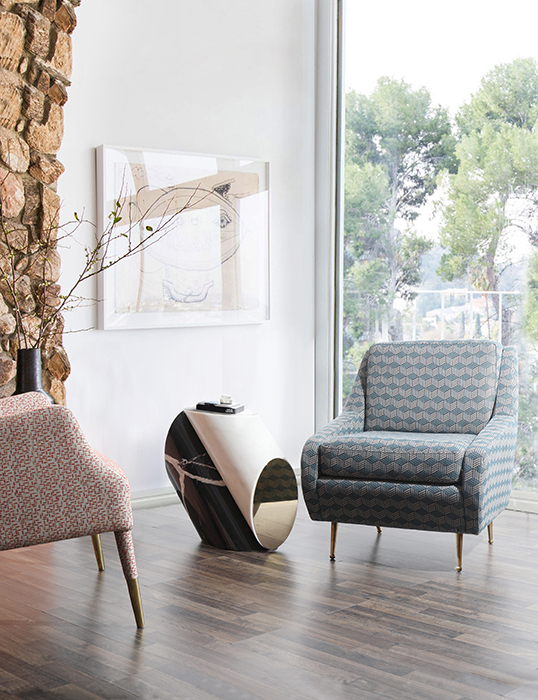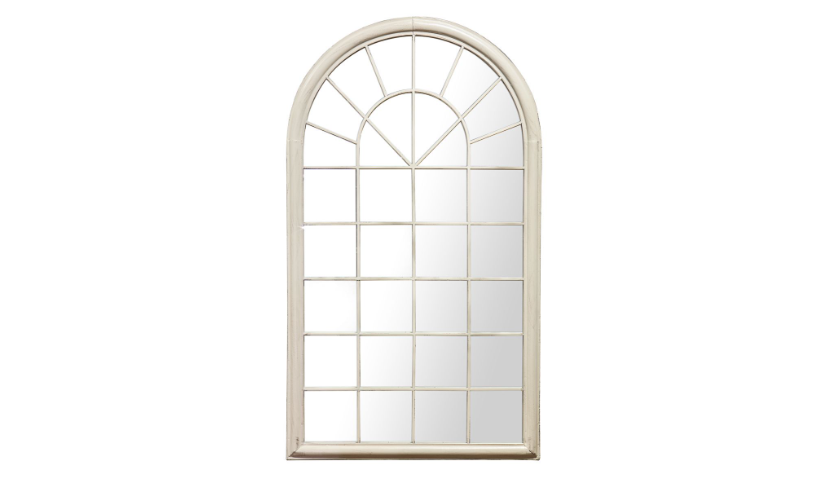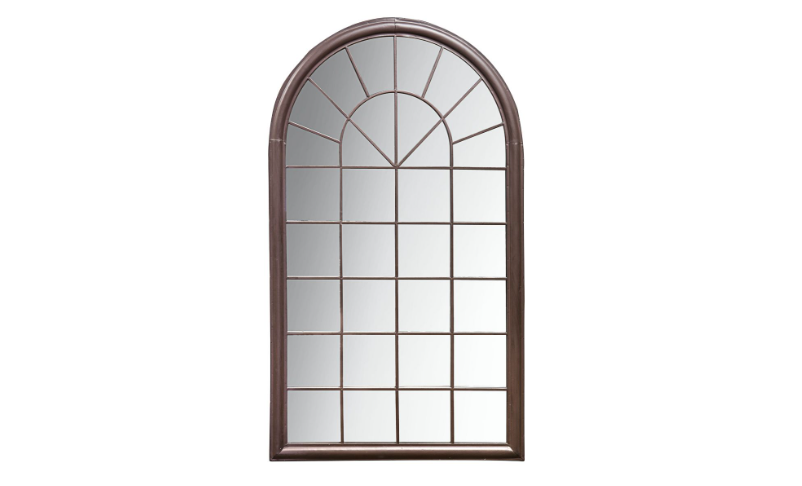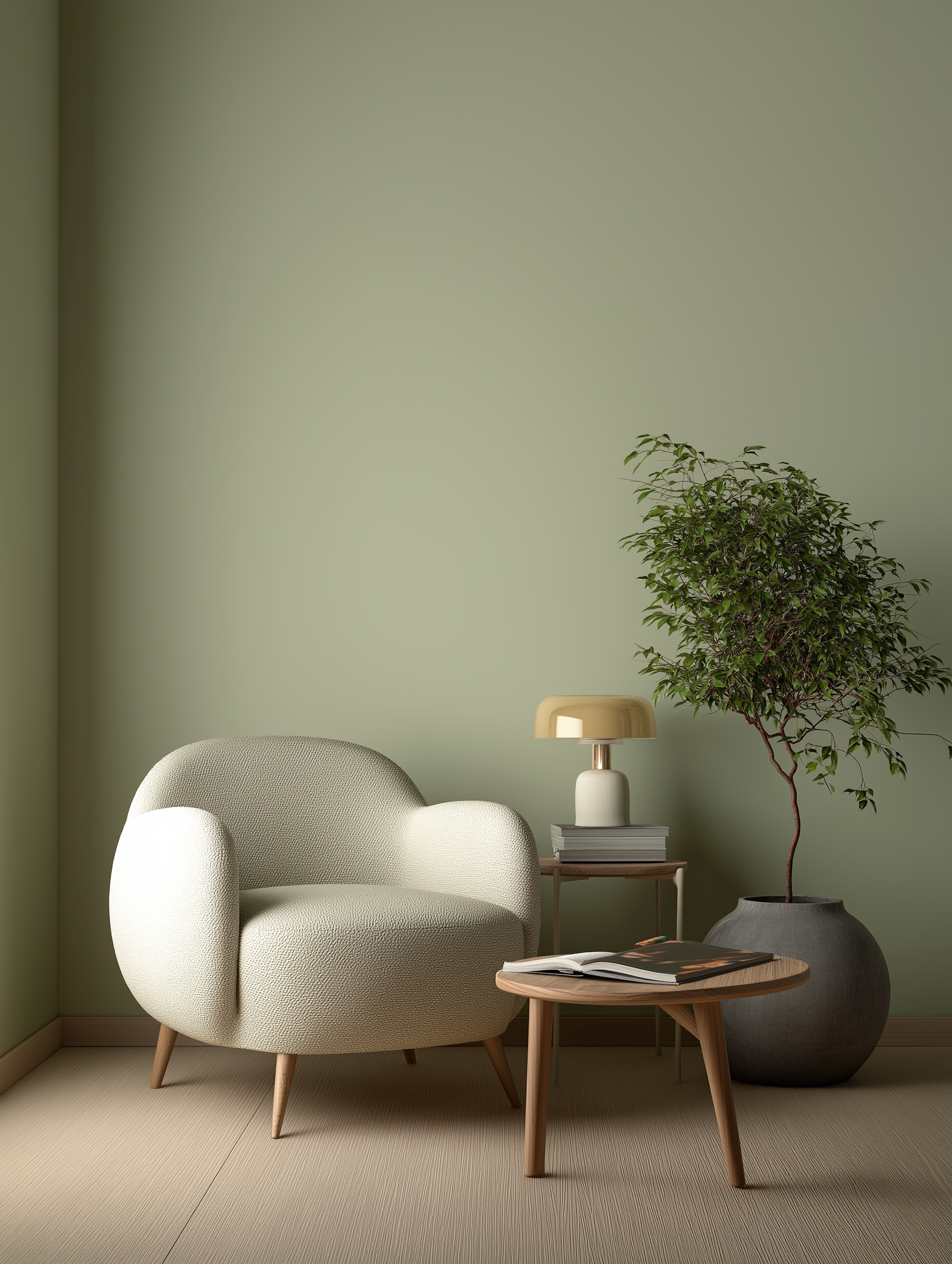Do you ever feel a little… boxed in? Modern life often has us spending the vast majority of our time indoors, missing out on the mood-boosting, energy-revitalizing power of sunshine. While spending more time outside is ideal, for most of us, creating a sun-drenched haven within is as important. The good news is that: natural light is an interior design powerhouse! Strategic use of sunlight can transform a cramped space into a luminous oasis, bringing the beauty of nature right into your living room.
Don’t worry, sunshine-seekers, there are creative solutions for managing light flow, maximizing its benefits while maintaining a stylish and comfortable environment. Ready to ditch the feeling of being cooped up and bring the sunshine in? Let’s explore how we can maximize natural light in your home!
Table of Contents
- Benefits of Natural Light in the Home
- The Integral Place of Windows in Letting Natural Light into the Home
- No Windows? Alternative Options
- Interior Design Adjustments

Benefits of Natural Light in the Home
The words “Sunlight is the best of painters” by John Constable beautifully capture the transformative power of sunlight. Just as a skilled painter uses light to bring life and vibrancy to their canvas, natural light has the remarkable ability to enhance our homes in countless ways, including:
- Improved Mental and Physical Health: The gentle glow of sunlight stimulates the production of serotonin, the “feel-good” hormone, fostering a sense of well-being and tranquility within our homes. Furthermore, basking in sunlight allows our bodies to naturally synthesize Vitamin D, promoting strong bones and a resilient immune system.
- Enhanced Productivity and Focus: Natural light has been shown to improve concentration and productivity. Studies indicate that workplaces and study environments with ample sunlight see higher levels of employee and student performance. Applying this to your home can create an optimal setting for home offices or study areas.
- Energy Efficiency and Cost Savings: Homes that maximize natural light reduce their reliance on artificial lighting, leading to significant energy savings. During the day, sunlight can illuminate spaces without the need for electric lights, lowering electricity bills and reducing environmental impact. Additionally, passive solar heating can help warm your home naturally during cooler months, further reducing energy costs.
- Aesthetics and Space Perception: Natural light enhances the aesthetic appeal of your home by making colors appear more vivid and spaces feel larger and more open. Sunlight can transform rooms, creating a warm and inviting atmosphere. This effect can make small spaces appear more spacious and boost the overall ambiance of your home.
- Increased Home Value: Homes with abundant natural light are often more attractive to potential buyers. Large windows, skylights, and other features that bring in sunlight can increase the market value of your property. Buyers are willing to pay a premium for homes that feel bright, open, and welcoming.
The Integral Place of Windows in Letting Natural Light into the Home
Windows are fundamental to the design and functionality of any home, serving as the primary gateway for natural light to enter. Their placement, size, and style significantly influence the amount of sunlight that penetrates the interior spaces. Strategically positioned windows can transform a dark, confined room into a bright, airy, and inviting area, making them indispensable for optimizing natural light.
When considering window placement, it’s crucial to understand the orientation of your home. South-facing windows generally receive the most sunlight throughout the day in the northern hemisphere, making them ideal for living rooms and common areas where natural light is most beneficial. East-facing windows capture the soft, warm light of the morning sun, perfect for bedrooms to help you wake up naturally. West-facing windows provide ample afternoon light but can also contribute to overheating, so they are best suited for rooms that require less frequent use or are equipped with shading options. North-facing windows offer consistent, albeit cooler and less intense light, making them suitable for spaces where even light is needed, like studios or home offices.
In addition to placement, the size and style of windows play a critical role. Larger windows, such as floor-to-ceiling or bay windows, maximize the amount of natural light entering a room. However, even smaller windows, when thoughtfully placed, can have a significant impact. Consider installing clerestory windows, which are high on walls and allow light to filter in without compromising privacy. Skylights and roof windows are excellent alternatives for spaces where traditional vertical windows may not be feasible, such as attics or bathrooms.
To further enhance the effectiveness of windows, select high-performance glazing options that improve insulation and reduce glare. Double or triple-glazed windows with low-emissivity (Low-E) coatings help maintain indoor temperature while maximizing light transmission. Additionally, using window treatments like sheer curtains or light-filtering shades can diffuse sunlight, reducing harsh shadows and glare without blocking the light entirely.
Practical considerations also include keeping windows clean and unobstructed by furniture or heavy drapes. Regular maintenance ensures that windows function optimally, allowing the maximum amount of light to enter. Reflective surfaces and light-colored interiors can help amplify the natural light that windows bring in, creating a brighter and more spacious feel throughout the home.

No Windows? Alternative Options
While large windows are a fantastic way to bring natural light into a home, they are not always feasible, especially in homes with small spaces, limited wall area, or privacy concerns. Fortunately, there are numerous alternative methods to maximize natural light, ensuring every home can benefit from a bright and airy atmosphere.
Skylights and Roof Windows: Skylights are an excellent solution for introducing light into spaces where traditional windows aren’t practical. They are particularly useful in rooms located in the center of the house or under the roof, such as attics, hallways, and bathrooms. Roof windows offer a similar benefit, allowing light to pour in from above and often being adjustable for ventilation. Tubular skylights, or sun tunnels, are another option; they capture and diffuse sunlight through a reflective tube, making them ideal for smaller spaces like closets or laundry rooms.

Mirrors and Reflective Surfaces: Strategic placement of mirrors can amplify the natural light that enters a room. Position mirrors opposite windows to reflect sunlight deeper into the space, effectively doubling the light’s reach. Other reflective surfaces, such as glossy tiles, metallic finishes, and light-colored walls, can also help distribute light more evenly throughout a room.

Outdoor Landscaping: Landscaping around the home can significantly impact indoor lighting. Trimming trees and shrubs that block windows, using light-colored exterior surfaces, and installing reflective hardscaping can enhance the amount of sunlight that enters the home. Outdoor mirrors or reflective elements can also direct additional light into the interior.
Artificial Lighting: While maximizing natural lighting is expected to reduce the reliance on artificial lighting, strategic placement of artificial lighting remains essential to ensure that the home is well-lit at all times. Even in spaces flooded with natural light, there are areas that may require additional illumination during darker hours or overcast days.
- Layered Lighting Approach: One of the most effective ways to complement natural light is through a layered lighting approach, which combines ambient, task, and accent lighting. Ambient lighting provides general illumination, filling in for natural light when it is insufficient. This can be achieved through ceiling fixtures, recessed lighting, or chandeliers. Task lighting focuses on specific areas where activities such as reading, cooking, or working take place, typically using desk lamps, under-cabinet lights, or pendant lights. Accent lighting highlights architectural features, artwork, or decorative elements, often using spotlights, track lighting, or wall sconces. By layering these different types of lighting, you can create a well-lit, balanced environment that enhances the natural light available.

- Smart Lighting Systems: Integrating smart lighting systems into your home can optimize the interplay between natural and artificial light. Smart bulbs and lighting fixtures can be programmed to adjust their brightness and color temperature based on the time of day or the amount of natural light available. For instance, smart lights can dim automatically as natural light increases during the day and gradually brighten as it fades in the evening. This dynamic adjustment helps maintain consistent lighting levels and enhances the overall ambiance of your home.
Interior Design Adjustments:
-








Hoff Grey Linen Sofa
£880 Read more -











Jacobsen side table
£5,048 Add to cart -




Poland Outdoor Mirror
£170 Select options This product has multiple variants. The options may be chosen on the product page
Paint Colors: One of the simplest and most effective ways to enhance natural light in a home is by choosing the right paint colors. Light colors, especially whites, creams, and pastels, reflect more light than darker hues. Opting for a high-gloss or semi-gloss finish can further increase the reflective quality of the walls and ceilings, helping to bounce light around the room. Additionally, using a bright white paint on the ceiling can create the illusion of height and airiness.
Furniture and Decor: Select light-colored or transparent furniture to avoid obstructing light paths. Glass tables, acrylic chairs, and light upholstery can all help maintain a bright and open feel. Additionally, minimizing heavy drapery and opting for sheer or light-filtering window treatments can allow more light to pass through windows and into living spaces. Decluttering spaces and using minimalist design principles can also prevent light from being absorbed by excess objects and surfaces.

Open Floor Plans and Interior Windows: Creating an open floor plan can facilitate the flow of natural light between rooms. Removing non-load-bearing walls or using partial walls and open shelving units can help light travel further into a home. Interior windows or glass partitions can also be installed to allow light to move freely between spaces while maintaining distinct areas.

Flooring: Flooring plays a pivotal role in maximizing natural light within a home, influencing not only the brightness but also the overall ambiance of a space. Light-colored flooring options are particularly effective at reflecting sunlight, thereby enhancing the natural illumination of a room. Pale hardwood floors, such as oak, maple, or ash, are excellent choices for those looking to create a bright and airy atmosphere. These woods not only reflect light well but also add a timeless and elegant touch to any interior design. Additionally, finishes with a slight sheen can further amplify light reflection, making rooms feel more expansive and welcoming. Tiles, especially those in light shades such as white, cream, or soft gray, are another fantastic option for maximizing natural light. Glossy or semi-glossy finishes on ceramic or porcelain tiles can significantly boost light reflection, creating a luminous effect that brightens up the entire space. For a contemporary and stylish look, consider large-format tiles with minimal grout lines, which help maintain a seamless and reflective surface.
In areas where comfort is a priority, like bedrooms or living rooms, light-colored carpets can also contribute to a brighter environment. Opt for carpets in shades of beige, light gray, or pastels. These colors not only reflect light but also add warmth and coziness to the room. Choosing carpets with a slight sheen or a low pile can enhance the reflective properties, making the space appear larger and more open. In addition to color, the texture and finish of the flooring material are important considerations. Smooth, polished surfaces tend to reflect more light than textured or matte finishes. However, it is essential to balance aesthetics with practicality, as overly glossy surfaces can sometimes be slippery and may not be suitable for all areas of the home.

Doors: Doors, especially those with glass panels or made entirely of glass, are another critical factor in the distribution of natural light. Interior doors with glass inserts, French doors, or sliding glass doors allow light to pass through, thereby illuminating adjoining rooms and creating a sense of continuity and openness. This is particularly effective in homes with open floor plans, where light can travel unimpeded from room to room. Exterior doors with large glass panels or sidelights also contribute to the amount of natural light entering a home. Such doors can brighten entryways and hallways, setting a welcoming tone from the moment you step inside. For both aesthetic and functional purposes, the strategic use of frosted or tinted glass in doors can offer privacy without sacrificing the benefits of natural light. This approach allows homeowners to enjoy bright, well-lit spaces while maintaining discretion in areas where privacy is desired, such as bathrooms and bedrooms.

In conclusion, harnessing the power of natural light in our homes not only enhances the aesthetic appeal but also contributes to our overall well-being and energy efficiency. By strategically incorporating elements such as windows, skylights, reflective surfaces, and smart lighting technologies, homeowners can create bright, inviting, and sustainable living spaces. From improved mood and productivity to reduced energy costs and increased property value, the impact of natural light extends far beyond mere illumination. As we embrace the transformative potential of sunlight, let us strive to create homes that not only inspire and rejuvenate but also harmonize with the rhythms of nature, fostering health, happiness, and harmony for all who dwell within.









